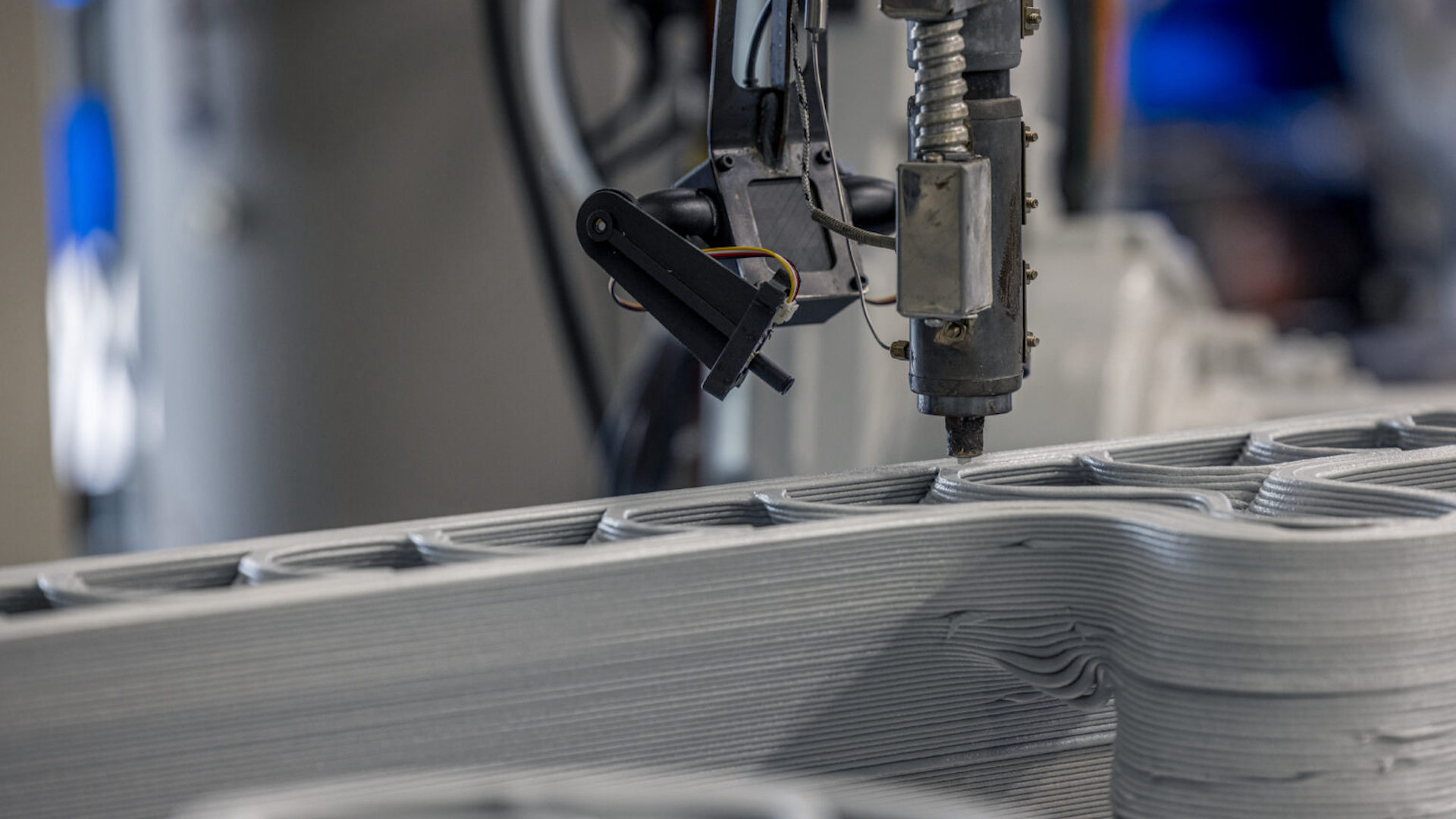
Prefabrication has a very long history. For example, after the second world war Prime Minister Winston Churchill saw the method as key to solving the UK’s housing crisis – which led to the construction of 150,000 prefabricated houses by 1951.
It was assumed that the structures would be temporary, with a lifespan of around 10 years. But many still survive 70 years later, thanks to the power of prefab.
Now, the European construction industry is getting excited about prefab once again. Over two fifths of owners in the UK and Ireland are considering moving to off-site manufacturing methods. However, it’s common to run into blockers very early on in projects that make prefab too expensive or complex to use.
So, how can prefab benefit the construction industry today? And how can owners, contractors and subs ensure their projects are prefab-ready?
Although it’s not a new concept, prefab has many benefits to offer construction. Manufacturing off-site in a controlled environment is safer and more sustainable. The technique provides more consistency, leading to higher quality outcomes, with fewer errors.
For construction companies, productivity – and so profitability – can increase. And as an owner, you can expect greater certainty over the schedule and budget.
It’s encouraging to see these benefits brought to life in the flagship prefab projects taking place throughout Europe. One is the Forge in London – which is aiming to be the UK’s first net zero carbon commercial development. Using design for manufacture and assembly (DFMA) has actually reduced the build’s embodied carbon by 20%.
But there are also many important opportunities beyond these flagship modular projects, particularly “behind the wall” with mechanical, electrical and engineering (MEP) components.
Projects are underway to explore the potential of prefab for creating circular affordable housing, such as BuildXStudio’s work in Kenya. And with governments globally encouraging and incentivising the use of prefab, there are huge opportunities for organisations across the construction industry.
Despite these advantages, many companies run into challenges adopting prefab – often during the procurement process. A fifth of main contractors and subcontractors say this is putting them off adopting prefab altogether. And that’s because “retrofitting” prefab into a project based on traditional processes is really difficult.
Here are five tips for embracing prefab right from the kick off.
Every collaborator should have prefab in mind from the very earliest stages of the project and adapt or align their approach accordingly. For architects and designers, that means using element-centric, rather than “stick”, design, to work out which elements will be prefabricated from the start.
Likewise, main contractors need to adjust the traditional estimation models which make it difficult to compare prefab designs with those delivered by trade. Instead, it’s important to move to element-centric costing, working with prefab firms to understand the options available.
Prefab depends on working with highly skilled subcontractors. Developing a wider network of manufacturers and subcontractors will allow firms to compare more options – and prefabricate more elements on each build. But in the early days, you’re likely to be working with some fabricators for the first time.
Digital construction networks like BuildingConnected can help owners and contractors to find and evaluate new subcontractors. With data about manufacturers’ capabilities and their track record, it’s also easier to be confident in your choices.
Collaboration is key: prefab firms should be consulted from the design and procurement stages onwards. This will help you identify which elements can – and should – be prefabricated, as well as understand how those parts can be assembled on-site. Digital information-sharing platforms can support collaboration in real-time, so that this doesn’t hold up the design process.
Remember, understanding the prefabricated products that already exist is key. If you need too much customisation, you’re losing the cost-saving and repeatability at the heart of prefab – and missing the point of the method.
Roles are slightly different on a prefab project – and information-sharing has to come first. The main contractor becomes more of an integrator, making communication critical for processes like site plan integration.
For prefabricating subcontractors, sharing information about your products becomes even more important. Building Information Modelling (BIM) can be used to create sophisticated, data-rich designs that can then be shared with other collaborators, to support parallel processes.
Owners will be key to driving demand for prefab. But from the start, it’s important to appreciate that this method isn’t about straightforward cost-savings. Instead, owners benefit from greater certainty over the schedule and costs – and a better, greener project outcome.
Choosing appropriate measures of success, such as productivity, quality and on-site safety, will help to show the real advantages of prefab.
Prefab has huge potential for construction. The measured approach will help to overcome the challenge of working project by project, so that firms can continually improve – and the industry becomes more productive, safe and sustainable.
But to get there, we’ll all need to think ahead and embrace prefab from the beginning, rather than as an afterthought.
Read more about the importance of the earliest stages of a project – including procurement – for construction success.
